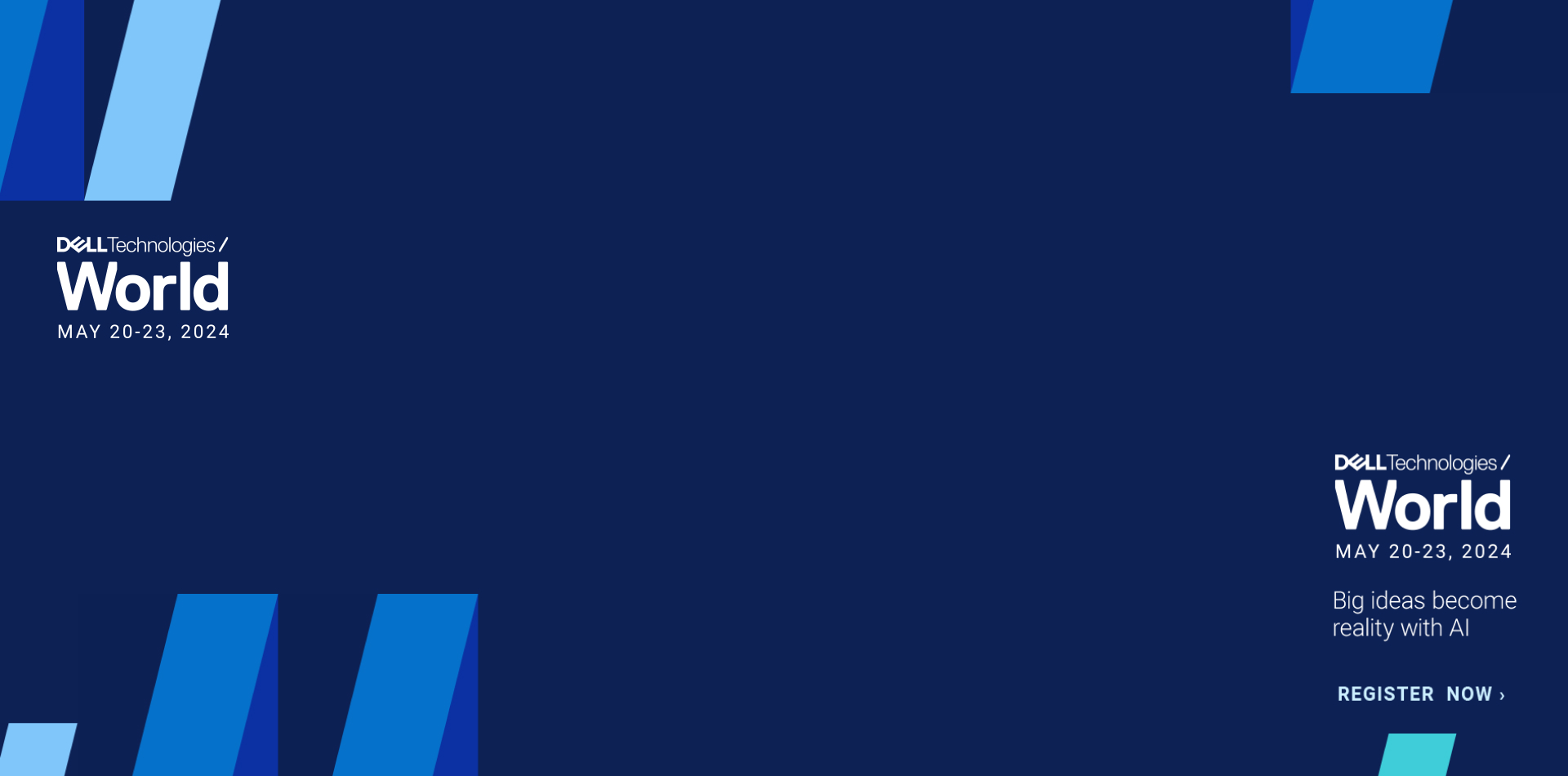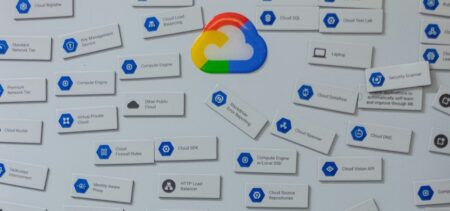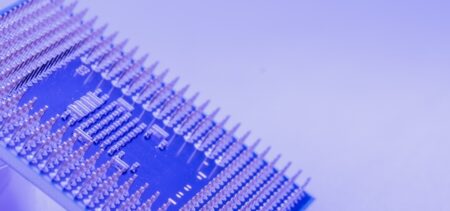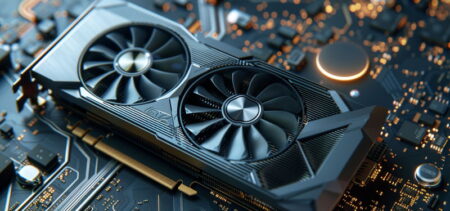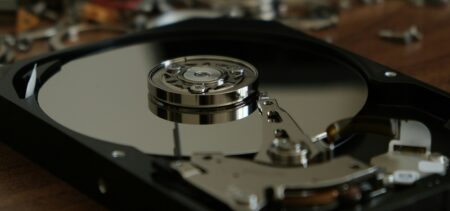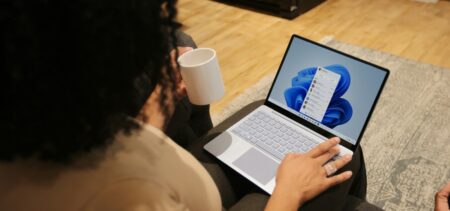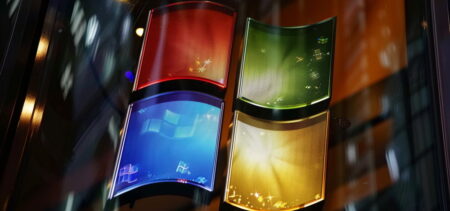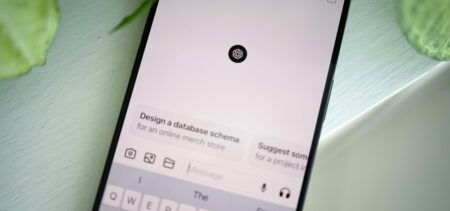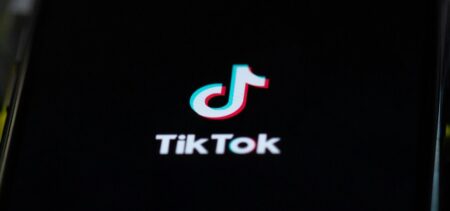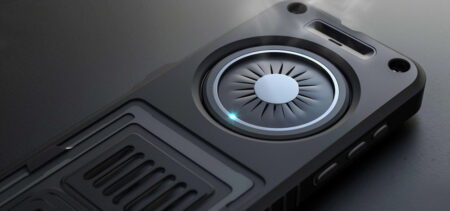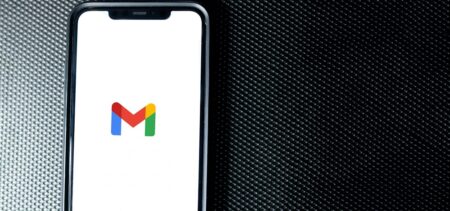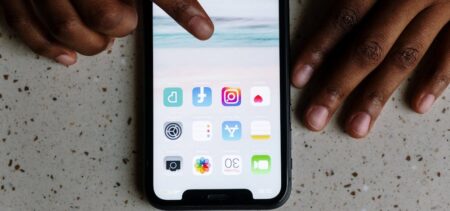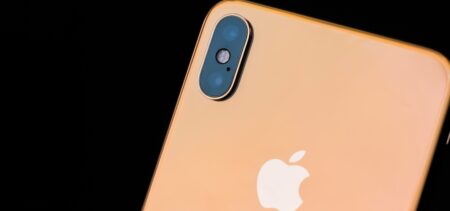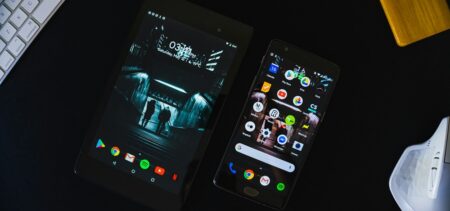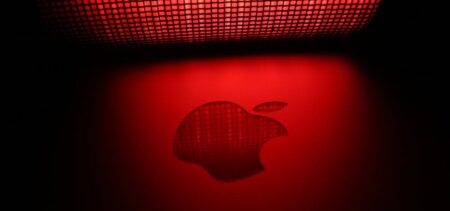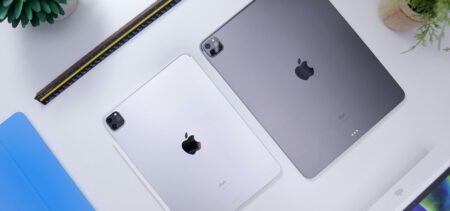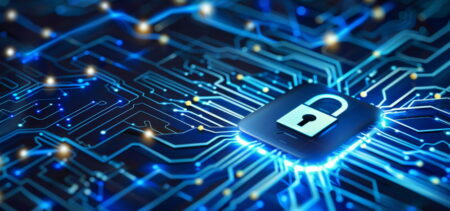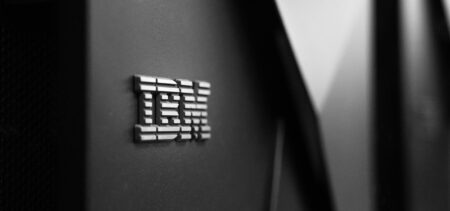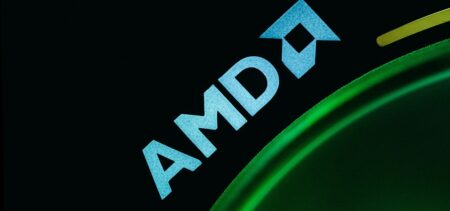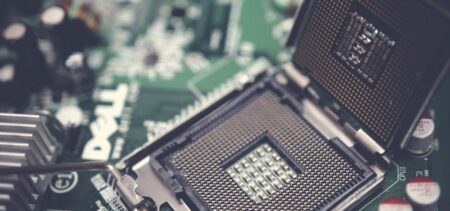“Ever wondered what this pocket’s for?” – asked Steve Jobs while pointing at the small pocket from his jeans more than 10 years ago, at the introduction of iPod Nano. “I’ve always wondered that. Well now we know,” he added, while producing the iPod from his pocket. It was one of those moments that everyone would remember for many years to come, not just because of Jobs’ excellent presentation skills, but also because it marked a point in tech history when devices began to get significantly smaller. It’s easy to see why one’s mind would fly back to that event when the new Raspberry Pi 3 is introduced to the world. Unlike the iPod Nano, this revolutionary product doesn’t come with a crisp design, but it doesn’t come with a high price tag either. At just $35, this microcomputer is twice as powerful as its tiny computer predecessor.
Makers, enthusiasts, educators, professional engineers, and (why not) hackers now have the option a low cost high capability computer board with the highest level of performance, connectivity, and power management. Built on the powerful next generation Broadcom BCM2837 chipset, with the quad-core 64-bit ARM cortex A53 CPU, the Raspberry Pi 3 Model B runs at a superfast 1.2GHz. The new microcomputer also features built-in wireless capabilities and Low Energy Bluetooth connectivity, unlike previous versions which required USB adapters. These features make the Pi 3 the first IoT ready Raspberry device.
“For Raspberry Pi 3, Broadcom have supported us with a new SoC, BCM2837,” said Eben Upton, Raspberry Pi Founder. “This retains the same basic architecture as its predecessors BCM2835 and BCM2836, so all those projects and tutorials which rely on the precise details of the Raspberry Pi hardware will continue to work.”
The 900MHz 32-bit quad-core ARM Cortex-A7 CPU complex has been replaced by a custom-hardened 1.2GHz 64-bit quad-core ARM Cortex-A53. Combining a 33% increase in clock speed with various architectural enhancements, this provides a 50-60% increase in performance in 32-bit mode versus Raspberry Pi 2, or roughly a factor of ten over the original Raspberry Pi.
- Chipset: Broadcom BCM2837
- CPU: 1.2GHz quad-core 64-bit ARM cortex A53
- Ethernet : 10/100 (Max throughput 100Mbps)
- USB: Four USB 2.0 with 480Mbps data transfer
- Storage: MicroSD card or via USB-attached storage
- Wireless: 802.11n Wireless LAN (Peak throughput of 150Mbps), Bluetooth 4.0
- Graphics: 400MHz VideoCore IV multimedia
- Memory: 1GB LPDDR2-900 SDRAM
- Expandability: 40 general purpose input-output pins
- Video: Full HDMI port
- Audio: Combined 3.5mm audio jack and composite video
- Camera interface (CSI)
- Display interface (DSI)
“James Adams spent the second half of 2015 designing a series of prototypes, incorporating BCM2837 alongside the BCM43438 wireless “combo” chip,” said Upton. “He was able to fit the wireless functionality into very nearly the same form-factor as the Raspberry Pi 1 Model B+ and Raspberry Pi 2 Model B; the only change is to the position of the LEDs, which have moved to the other side of the SD card socket to make room for the antenna. Roger Thornton ran the extensive (and expensive) wireless conformance campaign, allowing us to launch in almost all countries simultaneously. Phil Elwell developed the wireless LAN and Bluetooth software,” he added.
All of the connectors are in the same place and have the same functionality, and the board can still be run from a 5V micro-USB power adapter. A 2.5A adapter is recommended if you want to connect power-hungry USB devices to the Raspberry Pi.
On the Raspberry Pi fourth birthday – released exactly 4 years ago, on 29 February 2012, the Raspberry team decided to surprise customers with what’s essentially a faster version of Pi 2, with better features as well. Over eight million units have been sold in the meantime (UK’s all-time best-selling computer), including three million units of Raspberry Pi 2. The Raspberry Pi Foundation has grown from a handful of volunteers to have over sixty full-time employees.
The availability of Pi 3 doesn’t mean the end of the road for older Pi models. According to Eben Upton, they will keep building the earlier models as well, since there’s still demand from industrial customers. Raspberry Pi 1 Model B+ and Raspberry Pi 2 Model B will continue to sell for $25 and $35 respectively. Raspberry Pi 3 is available to buy from the Foundation’s partners – element14 and RS Components, as well as other resellers.
It’s a wonderful age for technology. Devices are getting smaller, faster, sleeker, but some are also focusing on affordability – this tiny computer is basically worth the same as a shirt. It seems we finally reached the point when great cheap tech products are finally headline-worthy.
